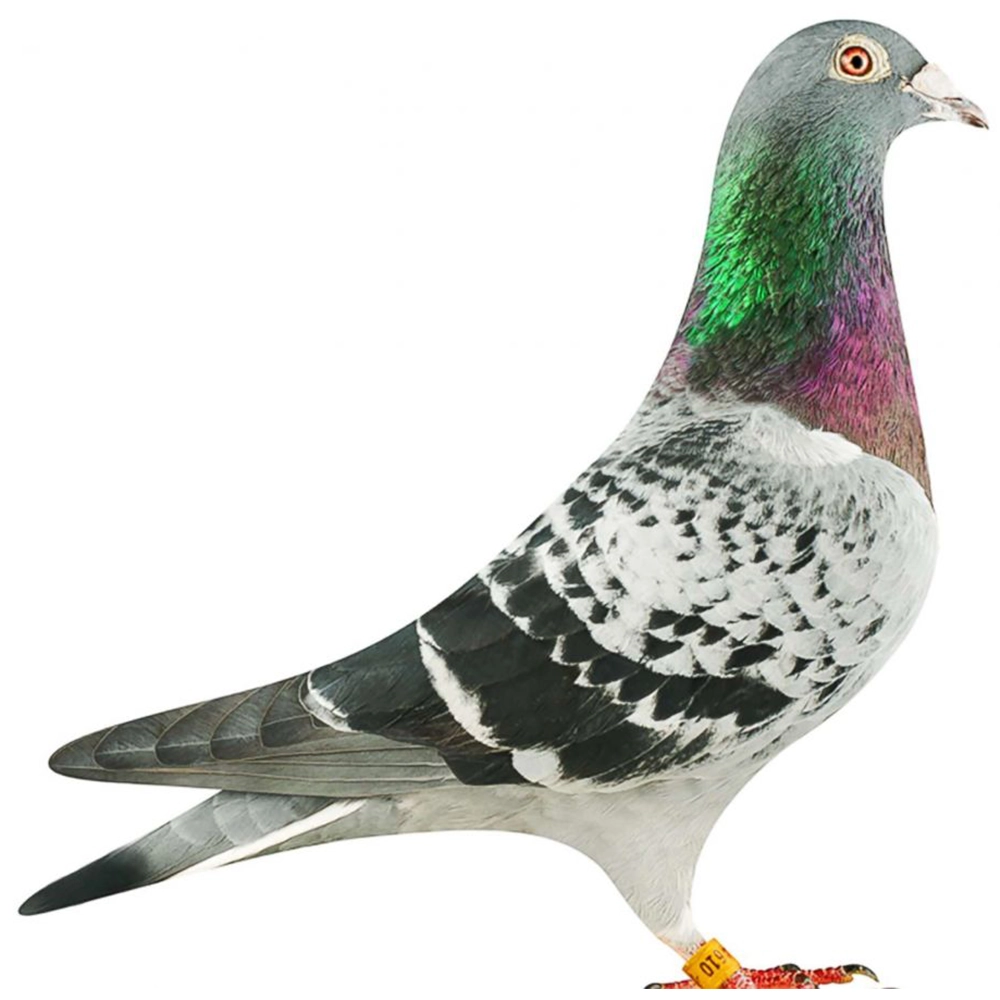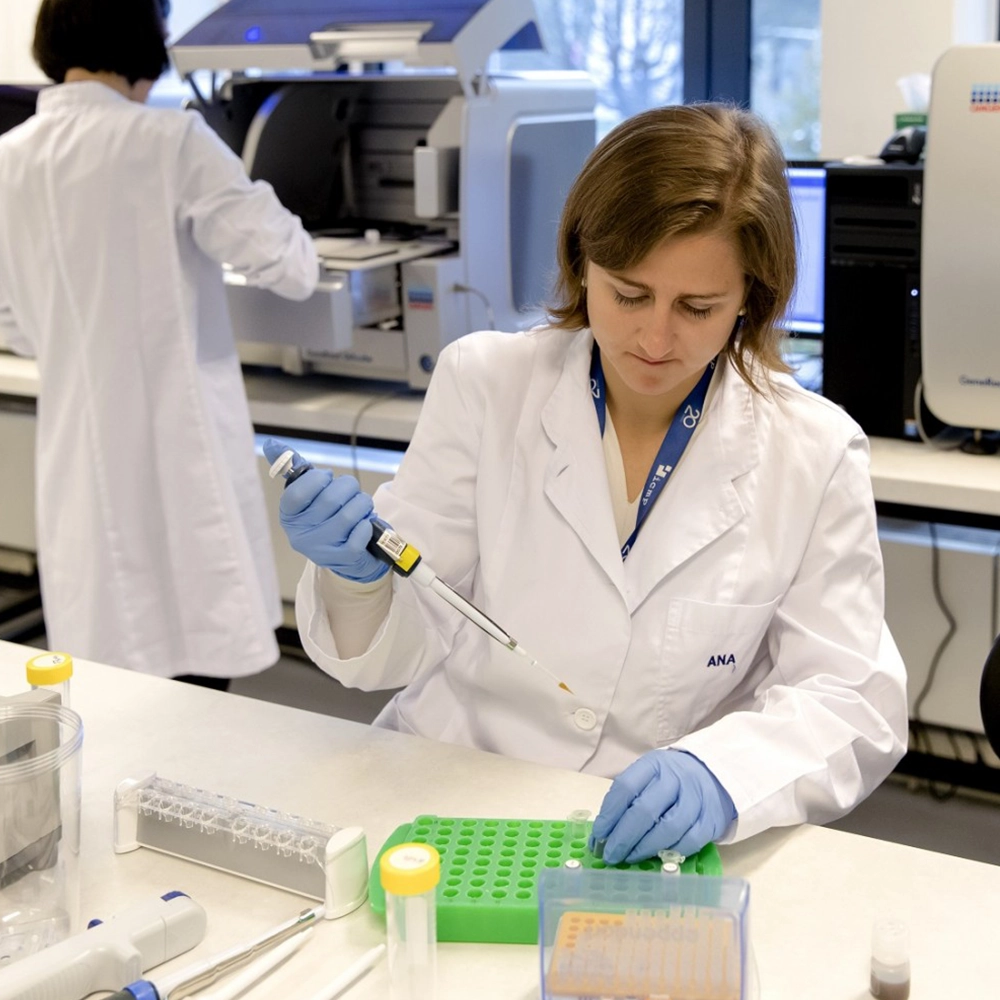
Pigeon Performance DNA Testing
The LDHA gene plays a key role in producing the lactate dehydrogenase-A protein, which is a component of the lactate dehydrogenase enzyme. This enzyme is essential for energy metabolism in muscle tissue. When muscles exert effort—especially in activities requiring endurance, speed, and power—they generate lactate, which contributes to muscle soreness. Skeletal muscles, responsible for movement, are specifically trained when an athlete transitions from aerobic to anaerobic activity.
During intense physical exertion, skeletal muscles require more energy. When oxygen supply is insufficient, the body shifts to anaerobic metabolism. In this process, stored glycogen is broken down to release glucose, and lactate dehydrogenase converts pyruvate into lactate, which the body can utilize for energy.
The discomfort experienced during and after strenuous exercise is partly due to the accumulation of lactate. As an athlete pushes closer to their peak performance, lactate production increases in muscle fibers.
Studies have linked variations in the LDHA gene to racing pigeon performance. Specific genetic variants, referred to as A (A) and B (G), have been identified. Research indicates that the A variant appears more frequently in top-performing pigeons. There are three possible genotypes: BB, AB, and AA. The A allele is relatively rare, found in less than 12% of standard racing pigeons, with fewer than 1% possessing the AA genotype, which has been statistically associated with superior performance. However, some elite racing pigeons carry the BB genotype, indicating that while the A allele may offer an advantage, it is not the sole determinant of racing success. This suggests that multiple genes contribute to key traits like speed and endurance.
TEST RESULTS (LDHA)
AA (Homozygous): This pigeon inherits two copies of the A allele, making it homozygous for A. Research suggests that pigeons with this genetic makeup tend to excel in racing. It will exclusively pass the A allele to its offspring, never the B allele.
AB (Heterozygous): This pigeon carries both A and B alleles, meaning it has a mixed genetic composition. It has an equal (50%) likelihood of passing either the A or B allele to its offspring.
BB (Homozygous): With two copies of the B allele, this pigeon is homozygous for B. It will always transmit the B allele to its offspring and will not pass on the A allele.
In 2015, research featured in The Journal Animal Genetics identified a connection between the Dopamine Receptor D4 (DRD4) gene and racing performance in pigeons.
This study analyzed data from 1,380 race records, covering eight short-distance races (under 400 km) and six long-distance races (over 500 km). The researchers discovered multiple variations in the DRD4 gene, two of which were particularly relevant to racing performance. While these genetic differences influenced results across all race distances, statistically significant effects were observed only in speed and middle-distance events.
Specifically, the study examined SNP g.129954C>T (DRD4a) and SNP g.129456C>T (DRD4b). The CC/CC variant corresponded with the lowest average racing performance, whereas the CT/CC and CC/CT variants showed significantly higher results. The CT/CT genotype exhibited the highest mean racing performance, with a statistically significant impact on races shorter than 400 km. Although the average performance also improved in races exceeding 500 km, the statistical significance was not established.
Currently, AvianPro is investigating the impact of TT/CT, TT/CC, and TT/TT genotypes on both short- and long-distance racing ability. Additionally, researchers are exploring the interplay between DRD4 and LDHA variations and their potential influence on speed and endurance.
Furthermore, recent findings published by the Japan Poultry Science Association indicate that the DRD2 receptor may also play a role in pigeon breeding success. Research on SNP C4532T, located in exon 6 of the DRD2 gene, suggests a strong link to reproductive traits. Pigeons carrying the AB genotype demonstrated significantly higher fertility and hatch rates over 500 days compared to those with the AA genotype.
TEST RESULTS (DRD4a/b)
TT (Homozygous): The pigeon possesses two copies of the T allele and is homozygous for DRD4-a (TT). Statistically, this genotype is associated with superior racing performance. The pigeon will exclusively pass on the T allele, not the C allele.
CT (Heterozygous): The pigeon carries both the T and C alleles. This genotype is linked to enhanced racing performance, particularly in short races. The pigeon has a 50% chance of passing either the T or C allele to its offspring.
CC (Homozygous): The pigeon carries two copies of the C allele, making it homozygous for C. It will only pass on the C allele, not the T allele.

Genetics play a role in determining racing pigeon performance, with certain genes and traits potentially linked to speed and distance capabilities, but it’s not a simple one-to-one relationship, and other factors like training and environment also matter.


